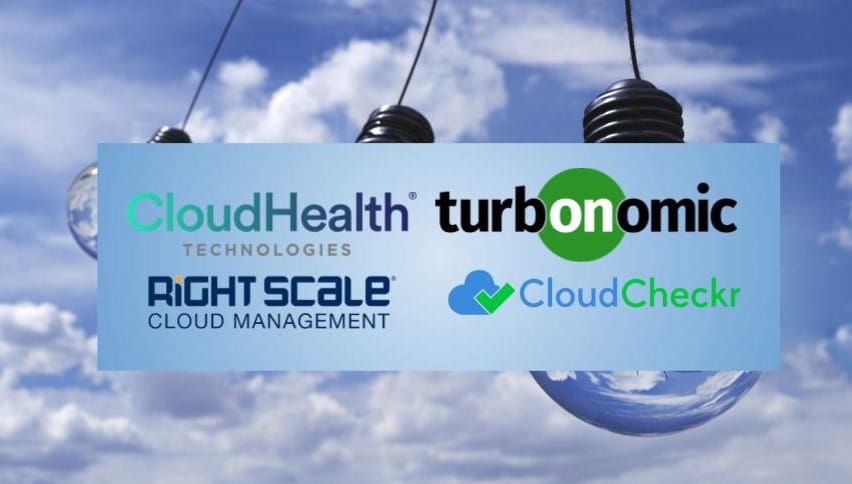At the crossroads of FinOps and resource optimization, cloud management is now helping IT departments to better manage digital transformation. How to choose among the solutions available on the market and what savings to expect?
Exchange with Sylvain Le Roux, senior consultant at Lucernys and cloud management specialist.
How FinOps and
cloud management
fit together in your organization?
Sylvain Le Roux: FinOps is an approach to controlling IT infrastructure expenses. It has an impact on cost governance, and on infrastructure deployment strategy decisions.
Cloud management is an approach that brings together FinOps and resource utilization. It is concerned with the proper calibration between purchased cloud resources and the resources actually used; it aims for an optimal ratio between these two concepts.
By providing visibility into actual resource usage, cloud management assesses the compatibility of the installed infrastructure with business needs. Cloud management guarantees an accurate audit of a situation, providing a 360 degree view on the infrastructure. It facilitates the establishment of a provisional budget that can cover the cloud services of a future period.
What is a cloud management tool?
A cloud management tool connects to a cloud infrastructure to collect metrics related to services – computing power, storage space, database, etc.
All these data are compiled to present them in usable tables or graphs and to establish analyses and forecasts.
Cloud management aims to control its infrastructure and to plan for tomorrow’s infrastructure.
These analyses have three main purposes:
- Manage the use and costs of the various services.
This makes it possible to identify possible anomalies – peak consumption, overconsumption or unused services. - Sizing the infrastructure
Propose RightSizing of resources according to real needs - Generate cost savings
Who are these cloud management solutions for?
From approximately €1M of annual cloud spending, a rigorous and methodical monitoring of cloud consumption can generate significant financial gains. These potential savings more than justify the investment in this type of service. In addition to the potential gains in functionality and responsiveness of the infrastructure, the implementation of a cloud management solution can generate significant cost savings of up to 15%.
Potential savings of around 15% thanks to cloud management.
While the challenges of mastering the cloud are clearly strategic for the IT department, we note a low rate of equipment in organizations.
Over the next few years, the growth of cloud management is expected to accompany the massive development of the cloud in all organizations.
How to choose the best cloud management solution?
There is a lot of innovation and movement in the cloud world that cloud management solutions must adapt to. This is why we are very attentive to the evolution of cloud players. We have identified and analyzed about 15 cloud management tools, such as CloudHealth, Right Scale, Turbonomic or CloudCheckr for example.
Over the course of our missions, we choose the tool that we feel is the best for a given use, at a given time. Of course, it is only a tool. After data collection, working with the data is crucial to the success of a mission. The value of an assignment lies first and foremost in this analysis phase.
Is the integration of these tools complex?
The involvement of the IT department in the implementation of these solutions is fairly light. Cloud data collection requires the creation of an application on the infrastructure that allows the reading of certain usage and billing data. This application will be connected to the cloud management platform via an API.
Following this installation, the cost distribution according to the tags can be executed continuously. In order for the breakdown to be relevant, the tagging of resources must be exhaustive and carried out in a relevant way upstream.
Once again, the installation of a cloud management tool is of little interest if it is not coupled with data analysis work. Indeed, only the interpretation of the data can identify anomalies, inconsistencies, and give the level of consumption for each service/resource and its follow-up.
An acute perception of cloud consumption is beneficial to the management of the entire enterprise infrastructure.
Does multicloud pose any challenges for data collection?
Overall, the solutions on the market take into account the public multicloud in a very complete way. They connect to public clouds such as AWS, Azure or GCP (Google Cloud Platform). Now, some solutions can also be connected to a data center or a private cloud running VMware or Hyper-V.
What is the billing method for cloud management solutions?
Solutions charge a percentage of monthly cloud spend, typically between 2% and 4%.
What are the latest developments in these tools?
Overall, the solutions aim to promise the IT department a potential resizing of an infrastructure through a global visualization, accessible for all clouds. They also allow to make a projection on the reservation of resources for a reduction of the costs.
Providing access to cloud governance: a central objective of cloud management.
Now, some solutions also allow you to evaluate the cost of switching to different public clouds – AWS, Azure or GCP – by integrating a resizing of the IT infrastructure according to the needs beforehand.
We believe that this evaluation proposal is a strong and relevant promise.
It should be of interest to many organizations.
Lucernys has several levels of certifications: Administrator on cloud management platforms, Cloud Solutions Architect.







